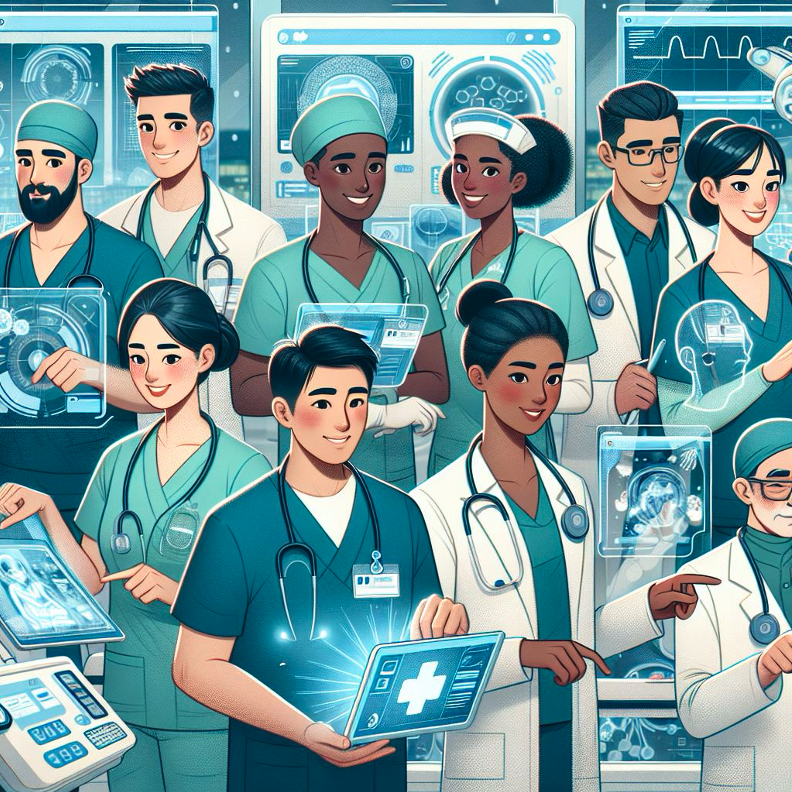 Center for Instructional Technology and Training
Center for Instructional Technology and Training

Can artificial intelligence bring the “authentic” into authentic assessment? It certainly can with a little planning and a sprinkle of collaboration with instructors, instructional designers, and developers. During the Spring, we helped Dr. Amy Blue and her team create a new version of the Interprofessional Learning in Healthcare (IPLH) course. This course is designed to bring together different healthcare professions taught at UF to emphasize the importance of collaboration between disciplines to create stellar healthcare teams.
IPLH Begins with a Collaborative Case Study
This course starts with the students receiving a patient that has been admitted to a hospital with specific health challenges. Then, students need to work in teams of four to create a patient health care plan and an educational resource related to a particular aspect of the patient’s needs. In past versions of this course, students are provided with the patient’s complete background at the beginning of the class. As the class progresses, so does the patient’s condition and needs. When we first met with Dr. Blue, she knew she wanted to implement a chat bot as a virtual patient. She loved the idea of increasing engagement, cross-discipline collaboration, and educational technology in the course.
AI Chatbot Helps Facilitate Case Analysis and Collaboration
We utilized a chatbot virtual patient named Laura Higgins, which was created by Dr. Ben Lok and his students Christopher You and Leyna Huynh. Criteria for this chatbot was provided by Dr. Blue and numerous other healthcare professionals across UF. It was designed for students to role play with a virtual patient in a hospital setting. We wanted students to ask probing questions to the virtual patient Laura Higgins to help them provide accurate care guidance. As humans don’t always remember all details or might answer differently when asked in specific ways, we wanted Laura to emulate this characteristic. After interviewing Laura, the students would create a referral sheet for another member of their team and then share what they learned from their interviews within their teams and create a care plan.
Evaluating Generative AI Prompts and Responses
We didn’t want to end our use of AI with the chat bot. Being able to effectively use AI is just as important as understanding how to interpret information given by AI. Instead of solely gathering information on the internet for their educational resource they’re developing, students also utilized generative AI (e.g., Microsoft Copilot or NaviGator AI) to evaluate possible content. They then had to evaluate the accuracy before creating their resource as a team. Additionally, they had to include the prompts they used to get their results. We wanted to emphasize AI literacy and the importance of prompt engineering, so students understood that AI isn’t always right. It can be wrong. Very wrong in some cases. In a world where health literacy and AI literacy overlap, the students had to navigate truth from fiction.
Remember to start small. Redesigning a course takes a lot of planning, organization, evaluation, and sometimes even going back to the drawing board multiple times. This bulletin can in no way encapsulate all of the different aspects of this course; if you would like to learn more or discuss possibilities for your course, consult with an instructional designer or educational technologist at CITT.
Tags: Active Learning, Artificial Intelligence, Assessments, Collaboration, Course Design, Group Work, Instructional Design, Technology